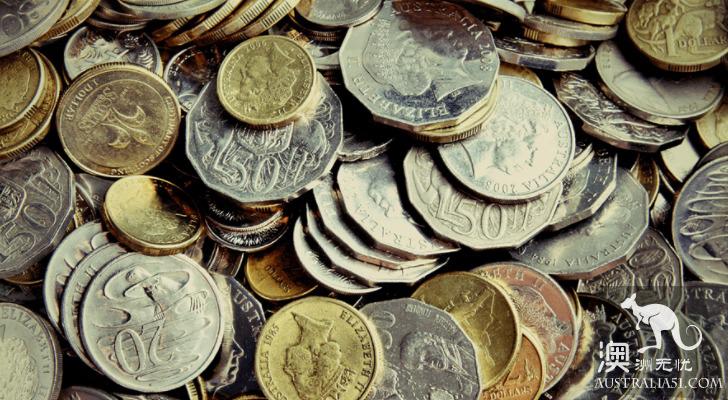In which developed country are coins the least attractive? A new study by (ING), the Dutch international group, points to Australia. Statistics show that 93% of Australians have deliberately dropped coins over the past year, mainly because they do not want to carry them. The country suffered a monthly financial loss of A $38 million, an average of A $2.50 per adult, as a result of the littering of coins.

Public preference for coins is proportional to age, with 40% of millennials losing A $10 a month, while only 19% of 50-64-year-olds have lost the same amount.
A related figure is that 49% of Australians say they often use mobile payments. A horizontal comparison of other countries shows that 27 percent of Australians carry cash "infrequently" or "almost never", compared with 10 percent in Germany. The country most dependent on non-cash payments is the United States, which is 34%.
When asked about the reasons for dropping coins, respondents gave reasons for inconveniences (29 percent), easy swelled wallets (27 percent), and "no place to use coins" (40 percent). According to local law, if a consumer chooses to pay with five cents, he can only pay A $5 at a time in this way.
According to Lachlan Anderson, a graduate student at the University of Sydney, cash transactions still have a unique advantage over bank cards or mobile payments. "you can say I'm paranoid, but I really don't like to have my purchase records tracked all the time. Of course, I get annoyed when I find too many coins filled with my wallet. " "my usual way to do this is to put all the coins in the tip jar when I sit in the coffee shop occasionally," Anderson said. "it's one of the few ways I can think of using it."
The study also revealed more interesting facts. For example, men are more careless than women about how to treat coins, with 1 / 3 of men losing A $10 or more a month, compared with just 1 / 4 for women.
Opinions from the authorities also look down on the prospects of coins. In February, Roth Macdiarmid, chief executive of the Royal Australian Mint, said the Australian dollar was "naturally dead" and would fade out of circulation within a decade. "We note that in the past five years, the demand for five cents has halved, and our vision is that if it continues to decline in this way, it will one day lose its value in circulation and be completely abandoned by consumers," he said. He said。
A 2016 survey of consumer payments by the Bank of Australia found that 52 percent of payments were made through bank cards and 37 percent were in cash. Cash utilization was 47% in 2013 and 69% in 2007, a sharp decline.
However, in the last fiscal year, the mint accidentally noticed a slight increase in demand for coins, with production of five cents rising from 21.2 million in 2015 to 22.5 million. The analysis said it was "short-term demand under tighter economic conditions".